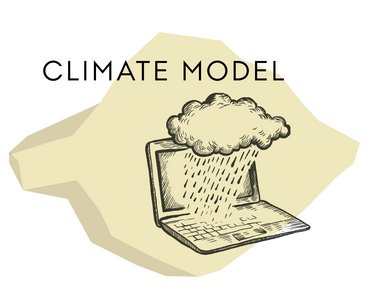Work Package III

Objectives: To model, using state-of-the-art approaches the humanly relevant climate during the Late Pleistocene and early Holocene, including the climatic and human impacts of the Laacher See eruption.
Methods: Climate modelling will be conducted (in collaboration with under guidance of Senior Advisor Claudia Timmreck) using the state-of-the-art MPI Meteorology Earth System Model, which comprises the coupling between the atmosphere, land processes including dynamical vegetation, and the ocean including sea ice and biogeochemical tracers and has previously been used to model the climatic impacts of other volcanic events relevant in human history and prehistory. These models are temporally highly resolved (<annual) and can be spatially downscaled to approach climatic variation that can be said to be humanly relevant. By default, such climate models provide a range of output parameters (see http://www.climdex.org/indices.html), which can be converted into the climatic indices (such as Effective Temperature) shown to broadly drive the population densities of terrestrial hunter-gatherers. The resulting values can be used to dynamically estimate Final Palaeolithic/earliest Mesolithic population densities at any given point in time and space. These densities estimates can then be calibrated with the presence/absence and site density data accumulated in WP I and II in order to reveal major deviations from the predicted values. Such deviations would indicate historically specific processes that cross-cut the environmentally-driven processes of dispersal structured by community ecological interactions. Furthermore, the specific climatic impacts of the Laacher See eruption will be modelled. This has been attempted once before, albeit under significantly less realistic scenario conditions, with less powerful models and with unduly prescribed boundary conditions (fixed sea surface temperatures). There has, however, been renewed focus on the potential climatic impacts of the Laacher See eruption as a powerful mid-latitude Northern Hemisphere eruption, not least because new models are suggesting a significantly higher contribution of volcanic eruptions to past climate change as well as to expected future climate trends.
Expected outcomes: A new highly resolved model for Final Palaeolithic/earliest Mesolithic population densities as well as a suite of climate models for the period, including the volcanic forcing of the Laacher See eruption and whose output variables can be used to estimate the ecologically-mediated effects on contemporaneous human demography.